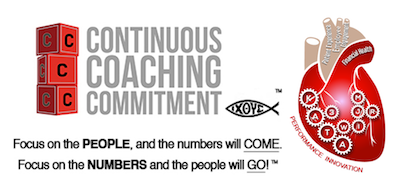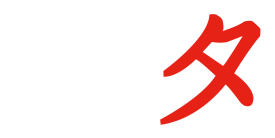When faced with a complex situation, we usually react by repeatedly attempting to solve that problem until we find a way around it. As long as you know your target, all you have to do is try again and again until you get there. This is the foundational basis of both the improvement kata and coaching kata.
What is a kata?
A kata is essentially a set of practice routines. They are structured routines that you practice deliberately, so that the patterns become ingrained in you, leaving you with new abilities. Professionally, kata routines are used to teach workers and players the fundamentals of a specific task so that in the future, these workers and players can perform those tasks effortlessly, with little conscious attention.
Mike Rother describes the continuous improvement habits, routines, and behavior patterns (or katas) observed at Toyota during his research in his book titled the Toyota Kata. There are two main kata patterns highlighted in the book that forms the basis on which all other lean tools and methods are founded;
- The Improvement Kata
- The Coaching Kata
The Improvement Kata
At the heart of the Toyota Kata is the improvement kata, a pattern designed to help workers become fluent in daily routines. A systematic, teachable way to think and act, the improvement kata helps us develop creative solutions to meet strategic goals when navigating an unclear territory.
Fluency is achieved in three stages; follow, detach, and fluency. In the follow stage, learners repeat the routines as is, without modification, so that they can internalize the fundamental pattern. If being applied at the workplace, workers are taught to concentrate on how to perform a task without worrying about the underlying technicalities. Once they’ve absorbed the basic patterns, they can then branch out (detach). As they adapt to the routines, the initially learned patterns will be absorbed into their muscle memory, allowing them to slowly understand the “why” behind each step in the process.
The adaptation is what leads to fluency. The application of the previously learned patterns becomes so natural that one can go about their work without consciously thinking about the basics. This often makes workers quicker and smoother, and even frees the brain to handle situational outputs.
The Toyota Kata identifies four quick steps that organizations can use to deploy the improvement kata. The four include:
- Set your goals/vision
- Understand the current situation
- Identify the target condition
- Work towards the target condition.
You’ll often come across experts referring to the four steps in different names. The principles remain the same.
The Coaching Kata
Packed with useful instructions and guides, the coaching kata teaches managers and higher-level staff how to serve as coaches to guide learners through the improvement kata. In other words, it is a standardized approach to facilitate improvement kata skill implementation.
Remember that in the kata system, everyone has a coach. Even coaches have their coaches. In an organization, for instance, team members will need coaching for the next target condition, team leaders need coaching to process the target condition, department managers need coaching on the value stream loop strategic challenge, and so forth. Even at the top of the chain, executive leaders often need external coaches to help them master lean models and strategic plans.
Enroll for Improvement Kata and Coaching Kata Training
Whether you’re a manager, lean specialist, HR/OD professional, value stream mapper, or any other leader holding a position that requires organizational skills, you and your team members need kata skills. Contact us today to learn about Improvement Kata and Coaching Kata sessions near you.








No comments yet.